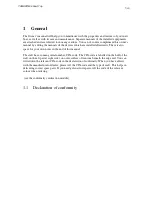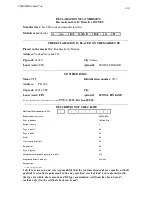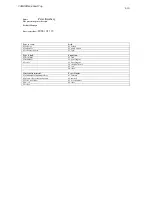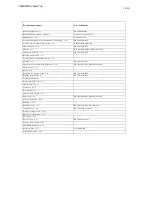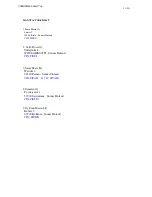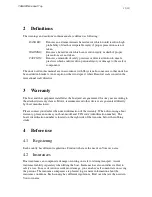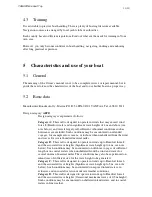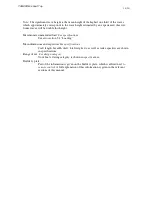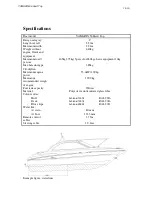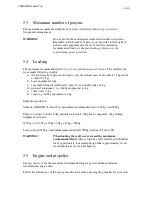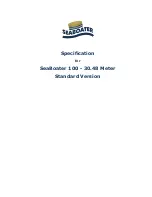
YAMARIN 56 Hard Top
21 (35)
-
In head sea, lower the bow to obtain a smoother ride.
-
In following waves, raise the bow to avoid "diving".
For more detailed information, consult the engine manual.
5.9.5
Starting the engine
1.
Switch on the engine from the main switch.
2.
Lower the engine to the driving position by pressing the Power Trim button on the
gear/throttle handle with your thumb.
3.
Use the hand pump bulb on the fuel hose to pump fuel from the tank until the bulb
becomes hard.
4.
Check that the gear/throttle handle is in neutral position and that the safety switch is
attached.
5.
Start the engine by turning the ignition key clockwise.
6.
If needed, use choke and hand throttle.
7.
After the engine has started, let it run at idle speed for a few minutes before getting
underway. (See the engine manual.)
For more detailed information, consult the engine manual.
5.9.6
Driving
Driving in nice weather and calm sea is easy, but remember to arrange proper lookout as the
International Regulations for Preventing Collisions at Sea (COLREG) require. Always ensure
that the visibility from the helm station is as good as possible:
-
place passengers so that they do not restrict your visibility
-
do not drive near planing speed for long periods, as driving bow up restricts visibility
-
when visibility is poor, look over the windshield
-
keep a lookout also behind you, particularly on fairways.
Use proper navigation lights when it is dark.
Learn the Rules of the Road and follow the directions given in them, and requirements of
COLREG (International regulations for preventing collisions at sea). Navigate with care and
use new or updated nautical charts. Always adjust your speed to the conditions and to the
environment. Take into account the following:
-
waves (also consult the passengers about a comfortable speed)
-
your boat's wash (biggest when starting to plane, smallest when travelling at
displacement speed or at less than 5 kn)
-
visibility (islands, fog, rain, driving against the sun)
-
familiarity with the route ( time needed for navigation)
-
narrowness of the route (other traffic, noise and wash at shore)
When running at low speed, a planing boat's directional stability is poorer than at higher
speed. So be careful in narrow passages and when meeting other boats.

